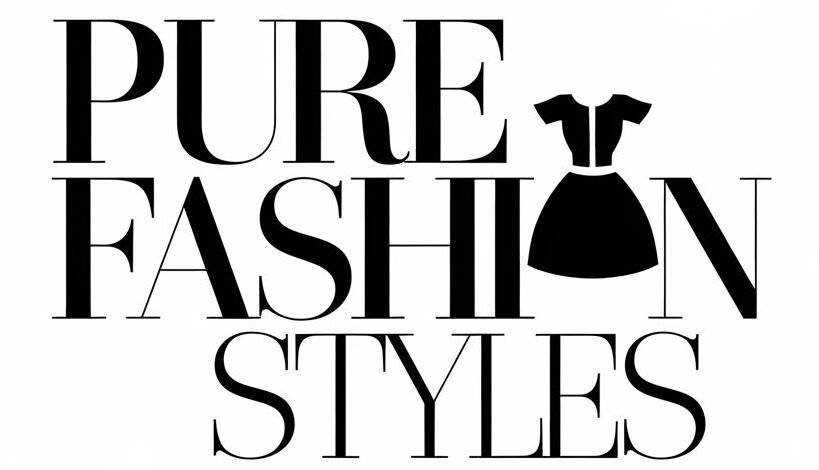Are Chains Acceptable Fashion in Japan? A Stylish Guide to Trends & Tips

Imagine walking down the lively streets of Tokyo, where every corner feels like a fashion show. You see bold colors, layers of creativity, and accessories that make you want to stop and stare in awe. Among these daring fashion choices, one accessory keeps popping up – chains.
From shiny necklaces draped over elegant outfits to chunky belts that make a statement, chains have undeniably become a big part of Japanese fashion. But it leaves you wondering, are chains acceptable fashion in Japan? You’re about to find out, one stylish step at a time.
Japan is a fashion wonderland. People here don’t just wear clothes; they create works of art with them. From traditional kimonos paired with modern sneakers to edgy streetwear inspired by international trends, Japanese style doesn’t fit neatly into any one category. And chains? They’ve slid right into this mix like they’ve always belonged.
Wxgtx you’re scratching your head, thinking, “Okay, but why chains? Why are they so popular here?” That’s where it gets fun. Chains in Japanese fashion aren’t just random bits of metal; they have personality!
They tell a story, express an attitude, and sometimes even make a bold declaration. Still, you might be asking, “Alright, but are chains considered acceptable fashion in Japan?” Oh yeah, they are—but it’s all about how and where you wear them.
Also read: Very Fashionable Italian Style for White Hairs
An Accessory with a Twist

Chains in Japan are like the cherry on top of a fresh-out-of-the-oven dessert. Whether it’s a sleek silver chain around someone’s neck or a heavily layered mix of metal draped over a bold streetwear look, they instantly add that wow factor.
Take a walk through Harajuku, a place exploding with creativity, and you’ll see chains used in ways that make you blink twice. Think wallet chains clipped to oversized pants or delicate gold chains wrapped around minimalist outfits.

But what makes them ‘acceptable’ in Japan? Two things stand out. First, the Japanese love blending a nod to tradition with their spin on innovative trends. Second, people here are pros at attention to detail. Chains aren’t thrown on casually; they’re carefully chosen to complement an outfit.
It’s about balance, not overloading the look, especially where cultural norms and etiquette play a role.
Chains as Cultural Chameleons
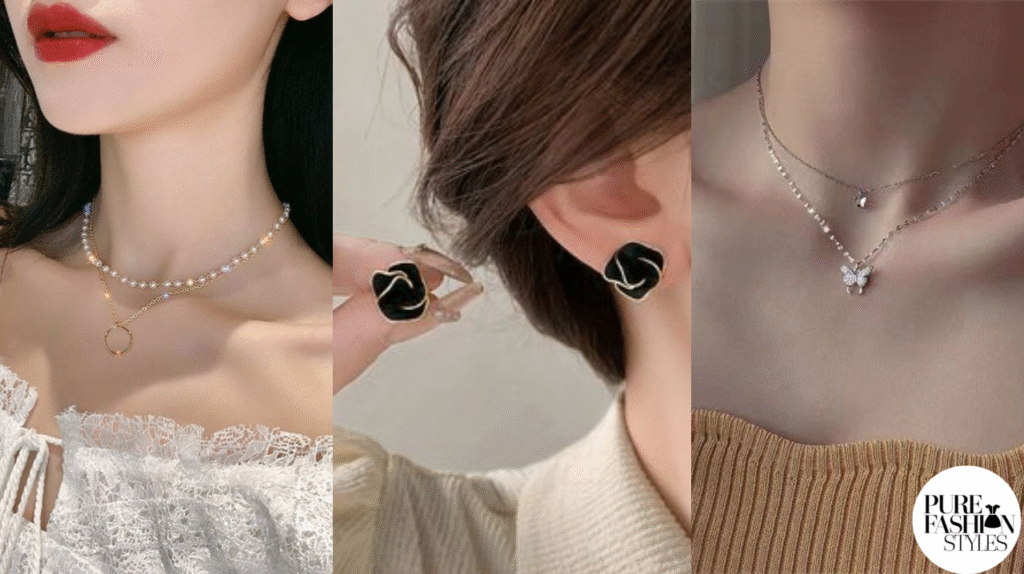
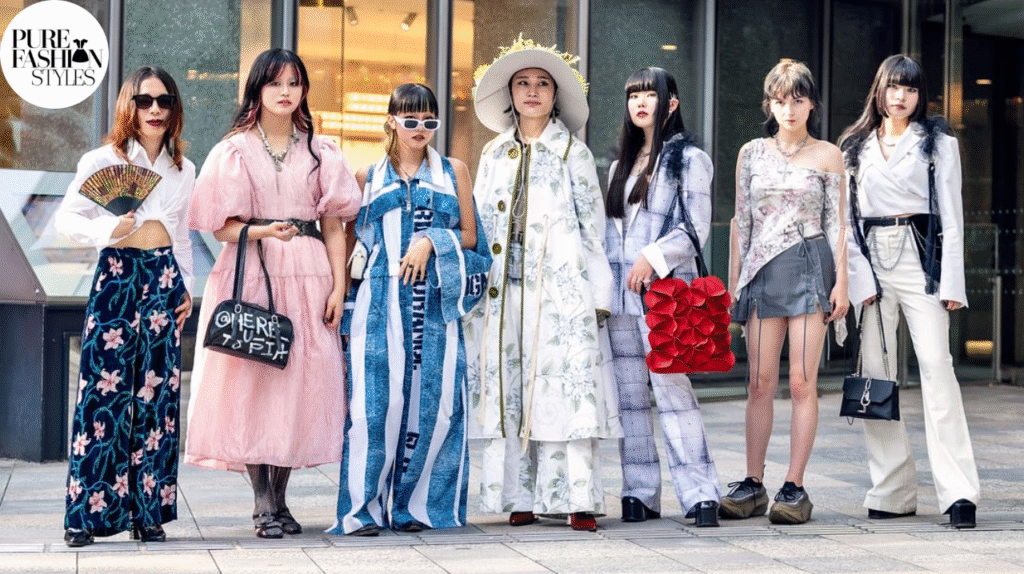
One of the coolest things about chains in Japan is how they adapt to different styles and settings. Are chains acceptable fashion in Japan? Yes, but their acceptability changes like the seasons, depending on where you are and who you’re with.
Imagine attending a formal meeting. You don’t throw on a chunky chain that screams, “Look at me!” Instead, you slip on a subtle, thin chain that whispers elegance. Now shift gears to a bright Saturday in Shibuya. Here, anything goes, including big, bold chain necklaces that help you stand out in the crowd.
Even tourists who visit Japan get intrigued by the way locals pull off this accessory. Some might worry if it’s too loud or disrespectful to wear chains in public, especially in a country known for politeness. The truth is, as long as you keep your chains situation-appropriate, you’re golden.
And if you think chains only belong draped over clothes, think again. You might spot them swinging from purses or even subtly worked into belts. It’s like accessories have accessories, and that’s kind of genius, isn’t it?
Also read: Fashion Capitals of the World 2025 You Must Explore
A Trend Backed by History
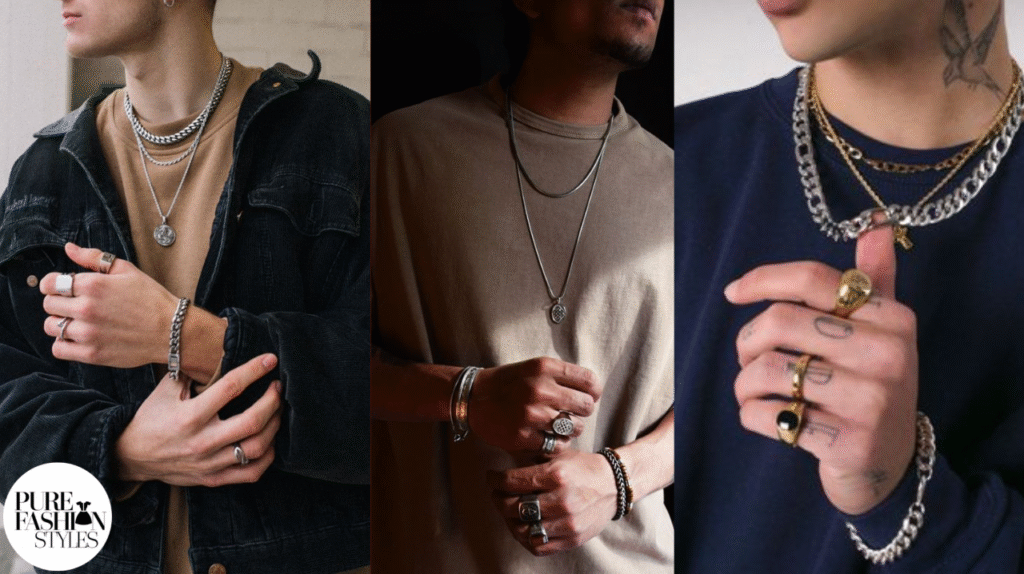
Chains didn’t just magically appear on the streets of Japan. They’ve got a backstory that’s both surprising and inspiring. Western fashion made its mark here after World War II, introducing things like denim jackets, bold jewelry, and yes, chains.
But it wasn’t until the late 20th century that chains started glittering in Japanese fashion. From the 1970s rock-inspired looks to the street-style surge in the 1990s, this shiny accessory turned into an underground star.
Fast forward to today, and chains aren’t just accessories; they’re symbols. For young people, wearing chains can feel rebellious, like saying, “I dress for me, not for anyone else.”
For others, it’s a way to celebrate individuality, blending streetwear’s edginess with Japan’s timeless sense of refinement. Whatever their reason, people wearing chains in Japan have one thing in common – confidence.
Why Chains Make Sense

Now, picture this. You’re out shopping for a statement piece to upgrade your outfit, and you’re drawn to a shiny silver chain. You wonder, “Why has this trend caught on so much in Japan?” The answer lies in versatility. Chains can do it all. Want to spruce up a plain outfit? Add a chain. Want to make your favorite hoodie look cooler? Chains have your back.
But beyond looking amazing, there’s a deeper appeal. Chains are sturdy yet delicate, simple yet impactful. They represent balance, an idea deeply rooted in Japanese culture. It’s no surprise that a country where even gardens are designed with precision and harmony would warmly welcome chains into its fashion universe.
It’s More Than Just Style
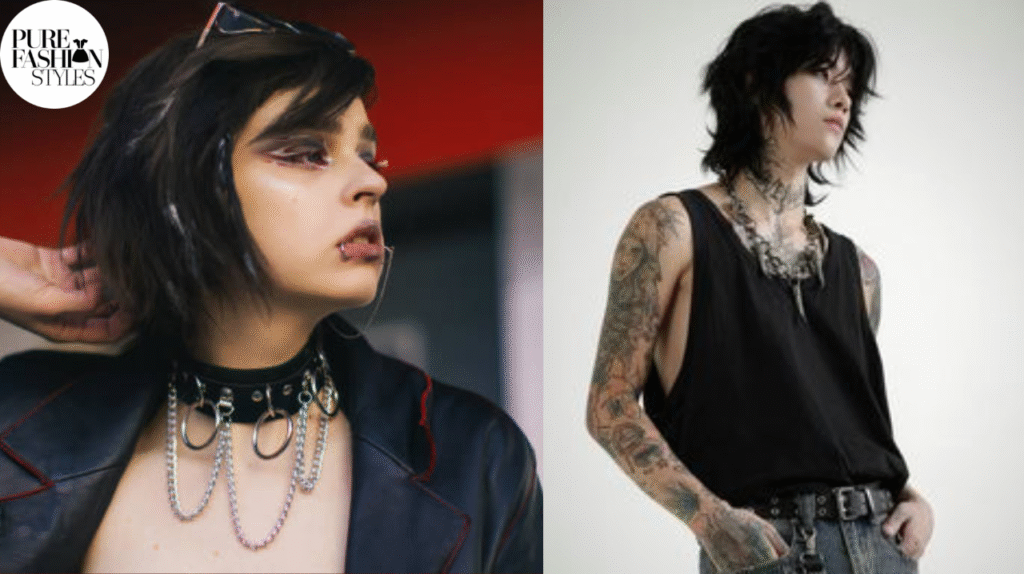
People often see fashion as just a way to dress up, but in Japan, it’s almost like silent storytelling. Chains can symbolize freedom, strength, or even a nod to breaking out of the norm. The Japanese have an eye for turning everyday things into something meaningful, and chains are a perfect example of this. It might just be another link to some people, but here, it’s art.
Fashion influencers, designers, and streetwear enthusiasts all seem to agree. Chains are here to stay. And their growing popularity isn’t just limited to local streets; international brands with Japanese designers have pushed this trend onto the global stage.
It’s like a fashion language, one that speaks to self-expression, creativity, and respect for both tradition and forward-thinking ideas.
Also read: Is Fashion Designing a Good Career? Discover Its True Potential!?
Chains and You

At this point, you might be thinking, “Okay, I get it. Chains are acceptable and even celebrated in Japan. But how does that help me?” Well, here’s the fun part. Whether you’re visiting Japan, staying long-term, or just looking to add some Japanese-inspired flair to your wardrobe, chains are a safe (and stylish!) bet.
Remember, it’s all about balancing boldness with subtlety. Heading to a casual hangout? Layer a few chains over your outfit to give it personality. Going somewhere formal? Stick to one simple piece that complements your look without screaming for attention.
Chains in Japanese fashion aren’t just things you wear; they’re little bits of wearable magic that tie together creativity, culture, and individuality. And the next time you wonder again, “Are chains acceptable fashion in Japan?” you already know the answer.
Not only are they acceptable, but they’re also a key part of what makes Japanese fashion so fascinating. Whether you’re rocking a dainty silver chain or a heavy-duty wallet chain, you’re stepping into a world of expression where every link tells a story.
With chains, it’s not just about looking good; it’s about feeling unstoppable. And hey, isn’t that what fashion should be about anyway?
FAQS
What are the clothing restrictions in Japan?
- Japan generally has no strict dress codes, but there are cultural norms to consider:
- Avoid revealing clothing, such as low necklines, spaghetti straps, or tight leggings, especially in temples or shrines.
- Tattoos are often associated with the Yakuza (organized crime) and may not be allowed in onsens, swimming pools, or some nightclubs.
- Sportswear and activewear are not commonly worn outside gyms.
- Ensure your socks are clean and hole-free, as shoes are often removed in temples, homes, and some restaurants.
- Avoid strong perfumes, especially in crowded places or fine dining establishments.
What type of clothing is worn in Japan?
- Japanese fashion is a mix of traditional and modern styles:
- Traditional attire includes kimonos and yukatas, often worn during festivals or special occasions.
- Everyday wear leans towards smart casual, with a preference for neat, well-kept clothing.
- Women often wear long skirts, flowy dresses, or loose trousers, while men opt for tailored pants and button-up shirts.
- Layers are essential due to varying indoor and outdoor temperatures.
Are jeans common in Japan?
- Jeans are not as common as in Western countries but are becoming more popular, especially among younger generations. When worn, they are typically styled neatly and paired with polished tops or jackets. Straight-leg or wide-leg jeans are preferred over skinny jeans.
Is Japan big on fashion?
- Absolutely! Japan is a global fashion hub, known for its innovative and diverse styles:
- Cities like Tokyo (Harajuku and Shibuya) are famous for bold streetwear and avant-garde fashion.
- Japanese people value personal presentation, often dressing neatly and stylishly, even for casual outings.
- The country is home to iconic fashion brands and subcultures, making it a trendsetter in the global fashion scene.
